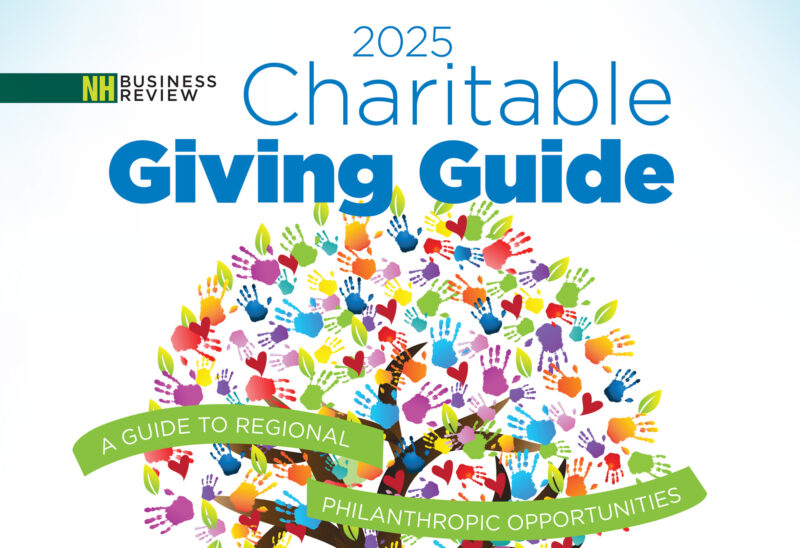Recent studies show that 85.1% of affluent households give to charity – and that people want their wealth and estate advisors to talk with them about charitable giving.
Here are three common scenarios that professional advisors might spot that present opportunities for charitable giving solutions and strategies for your clients:
Significant charitable gifts at year-end.
You’re probably aware of at least a few people who increased their charitable giving at the end of 2023. Perhaps you worked with a client to establish a donor-advised or other type of charitable fund at the Charitable Foundation, or maybe you helped a client structure a qualified charitable distribution to a Foundation field-of-interest or designated fund. Now that the dust has settled on year-end planning activities, go back to these clients to find out more about their overall philanthropic plans. You may discover that a client would like to work with you to update their estate plan to include a bequest to their fund at the Foundation, set up a charitable remainder trust with highly-appreciated stock, or plan their charitable gifts for 2024 to get a jump on tax strategies.
People whose stock portfolios have rallied.
2023 brought good news and record highs for the stock market. As always (and perhaps especially now!), giving appreciated, publicly traded stock to charitable organizations is a highly effective tax strategy. This is because capital gains tax is avoided when your client transfers long-term, marketable securities to a fund at the Foundation or other public charity. The client is typically eligible for an income tax deduction at the fair market value of the securities, and when the charity sells the securities, the charity does not pay capital gains tax. This is a win-win for your client and the charity. Scan your client list for people who are holding long-term stock positions that have appreciated substantially since they bought them, especially with the market’s latest rally.
People whose adult children have moved away.
Children of affluent parents tend to move away. Remember that while we can help your clients maximize the impact and tax benefits of their local giving, the Foundation’s tools are also geographically flexible. This means, for example, that your clients can use their donor-advised fund to support 501(c)(3) organizations across the country, including in communities where their grown children are living. When you demonstrate your interest in your clients’ charitable giving priorities, you not only are strengthening your client relationships, but you may also be helping people strengthen relationships with their children.
This report was compiled by New Hampshire Charitable Foundation staff with material provided by Embolden. This article is informational and educational in nature. It is not offering professional tax, legal, or accounting advice.
For more information about how the New Hampshire Charitable Foundation can help advisors help their clients with charitable giving, please contact Michael DeCristofaro, Foundation director of advisor relations at Zvpunry.QrPevfgbsneb@aups.bet or (603) 225-6641, ext. 251.












![Oluwakemi Olokunboyo of Dover received a McNabb scholarship to study nursing at Great Bay Community College [Photo by Cheryl Senter]](https://www.nhcf.org/wp-content/uploads/2024/05/Scholarship-Hero-800x548.jpg)
![Indrika Arnold, Senior Wealth Advisor, the Colony Group [Photo by Cheryl Senter]](https://www.nhcf.org/wp-content/uploads/2024/05/Indrika-Arnold-Hero-800x534.jpg)




